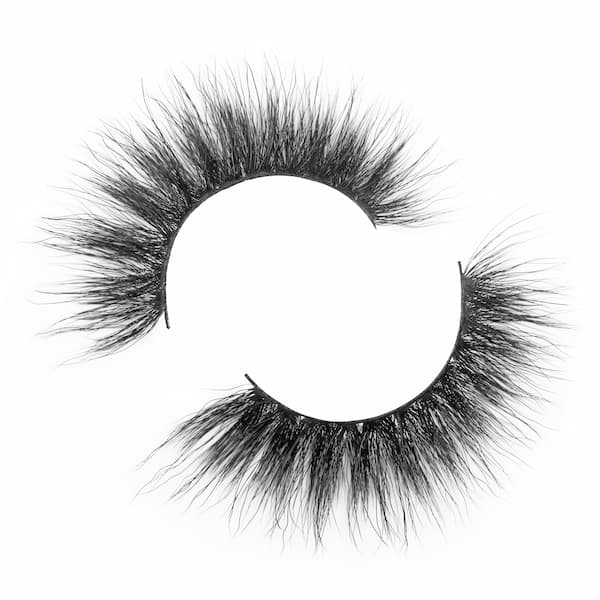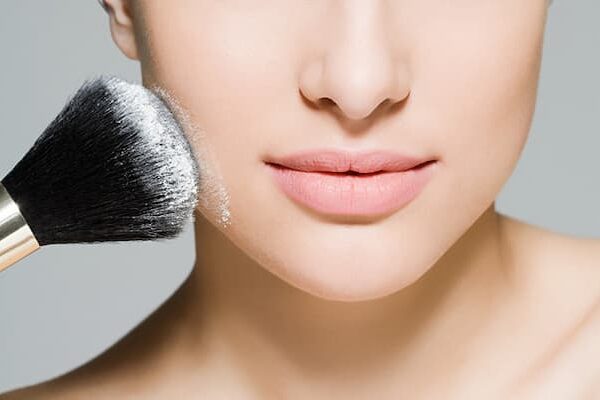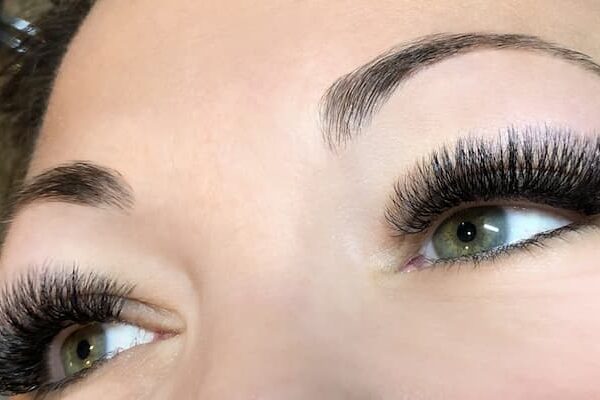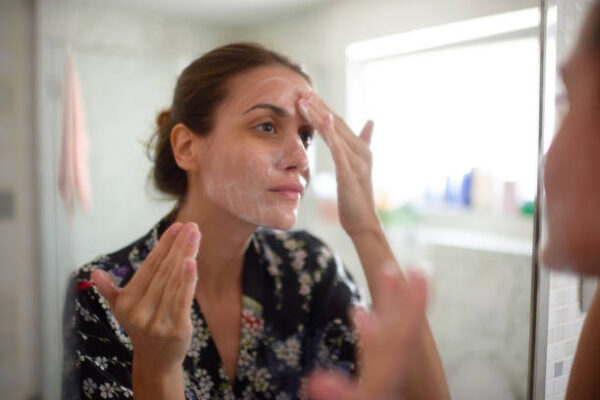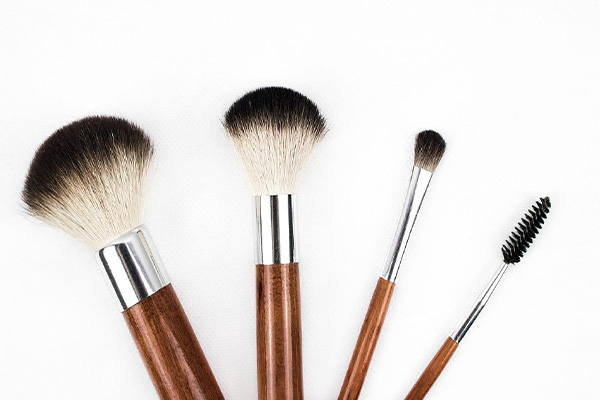The article will first answer “who invented fake eyelashes”. Then, it will display the historical development of fake eyelashes.
In 1911, a Canadian woman named AnnaTaylor patented artificial eyelashes for the first time, using a crescent-shaped fabric with tiny hair. In 1915, Karl Nessler, a hairdresser known for his permanent waves, opened a hair salon in New York and sold eyelash services. According to the New York Times, he promoted false eyelashes in his hair salon as “protection against the glare of electric lights.” he also hired choir girls to sell and flog customers.
Table of Contents
Why Invent Fake Eyelashes
The idea behind false eyelashes first came from the ancient Romans. Roman writer Pliny Sr. wrote that excessive sexual intercourse leads to the shedding of women’s eyelashes, and women should keep their eyelashes longer to prove their virginity. Pliny is certainly incorrect, but the idea is only more unusual than the medieval tradition of eyelash plucking. At the end of the 19th century, long eyelashes became popular as a fashion accessory. Getting people’s hair through their eyelids is a popular procedure at this time, and for those who can afford or insist on doing it, attempts to stick to false eyelashes are disorganized and largely unsuccessful. Then, at the beginning of the 20th century, Carl Nessler, a hairdresser in New York, introduced false eyelashes to prevent the glare of electric lights.
History Development Of Fake Eyelashes
From the 1920s to 1930s
Men think false eyelashes are scary.
According to the Times, a columnist wrote in 1921: “when a beautiful young girl looks vaguely at you through her long curly eyelashes, don’t be fooled before you investigate. The long, curly eyelashes may not be hers unless it’s the right to buy.”
From the 1940s to 1950s:
Read about: How To Remove Eyelash Glue Safely In The Best Ways – Make Up Is My Art
Hollywood starlets embrace the big lash.
Women like Marilyn Monroe and Rita Hayworth wear false eyelashes when taking pictures, making their eyes look bigger and more attractive. In the 1950s, the introduction of plastic materials for false eyelashes made it a generally better product. Eyelashes are no longer made of human hair and/or fabric, but are durable thin plastic-some of which are still made today.
In the 1960s:
Bigger, bolder lashes were welcomed by experimental makeup.
The make-up aesthetics of the 1960s is more adventurous, innovative, and young.
Of course, the central character of the movement is the model Twenge, whose iconic styling includes large eyelashes that highlight her already prominent eyes. Although the most iconic photos of Twedge show her eyelashes painted directly on her face, she also wears a lot of false eyelashes. At the time, other models followed suit, such as Jean Slimpton and Peneloptley, who often appeared on “Vogue” and “Harper’s Bazaar” pages to show women around the world how beautiful they were.
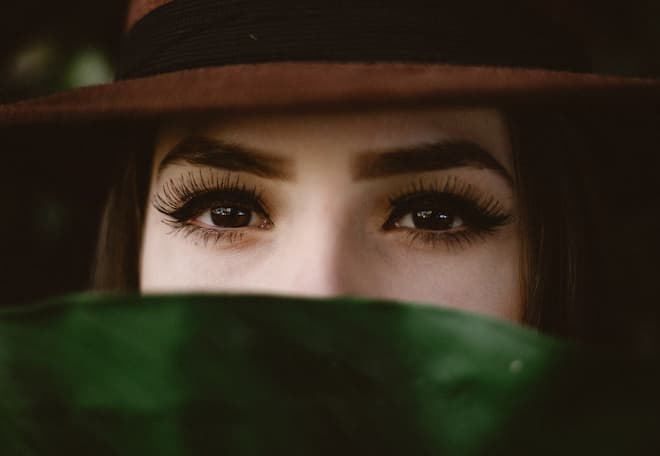
From the 1970s to 1980s:
False eyelashes were not popular among most women.
There is no real explanation for this except that fashions come and go-but the 1970s and 1980s were not the main years of false eyelashes. Makeup was softer and more natural in the 1970s, while in the 1980s, things like blush and dark lipstick were more popular than bushy eyelashes. Some women, such as Cher, do continue to wear them as she does.
In the 1990s:
From Anna Nicole Smith to Cindy Crawford, lashes roar back.
False eyelashes have become popular again since the 1990s. For women like AnnaNicoleSmith, Pamela Pamela Anderson, and model Cindy Crawford, eyelashes are an easy way to achieve some retro / explosive 1950s charm in the blink of an eye.
In the 2000s:
Eyelashes become gaudy and completely mainstream.
At the beginning of the 21st century, false eyelashes got a very strange and expensive embellishment. Jennifer Lopez wore false eyelashes made of red fox skin at the 2001 Oscars; in 2004, Madonna began wearing $10000 worth of mink and diamond eyelashes to promote her journey of reinvention. As some of the most famous women in the world use eyelashes, eyelashes have gradually become mainstream. Fake eyelashes are now available in any make-up place, from Wal-Mart to Nordstrom, and everything in between.
They are currently welcomed by almost all celebrities on the red carpet and by talent queens in order to look as attractive as possible.
Summary
The article focused on the historical development of fake eyelashes from their first appearance until now. Answering questions like who invented fake eyelashes.

